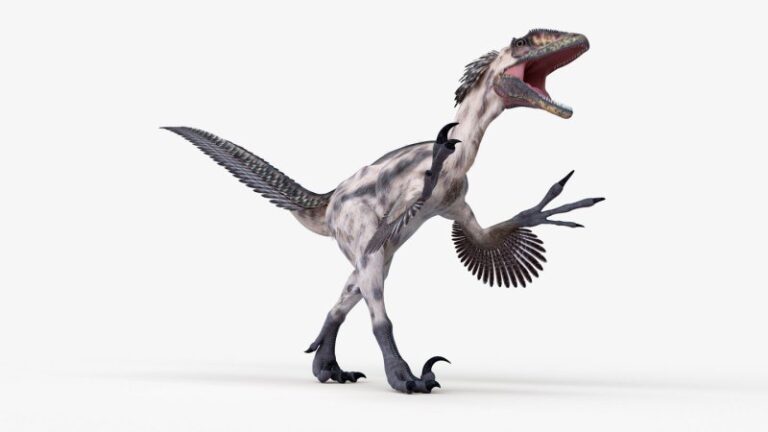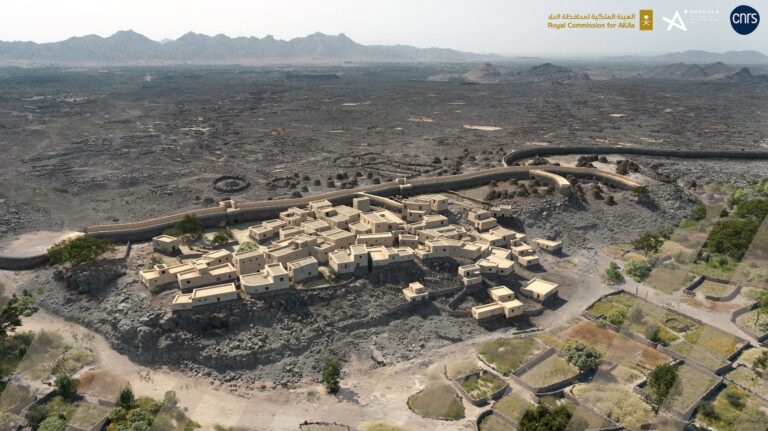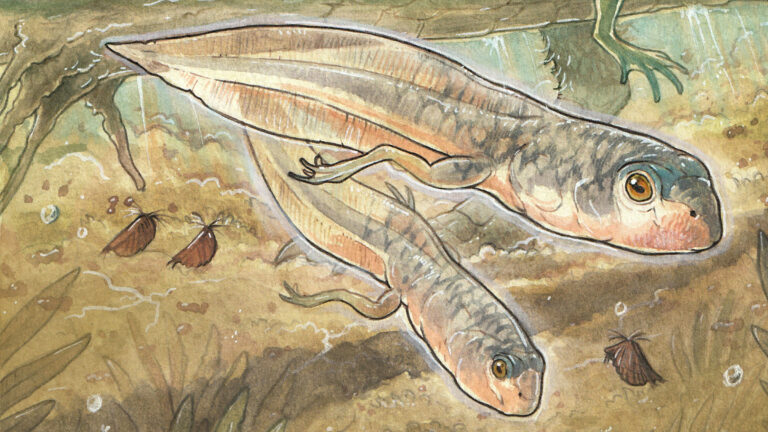Watch the ‘Halloween comet’ ATLAS burn up as it flies into the sun

Watch Comet C/2024 S1 (ATLAS) make a death dive into the sun in this eerie footage from the Solar and Heliospheric Observatory spacecraft.
Science and Technolgy blog

Watch Comet C/2024 S1 (ATLAS) make a death dive into the sun in this eerie footage from the Solar and Heliospheric Observatory spacecraft.

Global warming during the Last Interglacial period caused so much Arctic ice to melt that Atlantic currents collapsed — and scientists say these are the conditions we could be heading toward.

NASA lost contact with the interstellar Voyager 1 spacecraft for nearly a week after a technical glitch shut off the probe’s main transmitter. Using Voyager’s weaker backup transmitter, engineers are assessing the problem from 15 billion miles away.

As of now, 17 states have reported H5N1 bird flu cases in humans, but there is still no evidence for transmission between people. Could that change?

Paleontologist David Hone’s latest book fleshes out our understanding of dinosaur behavior.

A Bronze Age settlement hidden on the Arabian Peninsula reveals secrets about the slow growth of urbanization in the region.

The fossilization of the tadpole’s “delicate structures,” like its eyes and gills, allowed for a detailed analysis of the rare find.

Fossils of the ancient frog Notobatrachus degiustoi push the known tadpole timeline back more than 30 million years.

A new AI machine learning technique helped historians analyze 76,000 pages from astronomy textbooks spanning nearly two centuries.

A new computer vision system inspired by the design of a feline eye could give future drones and other military robots the ability to track targets in low-visibility and dynamic environments.